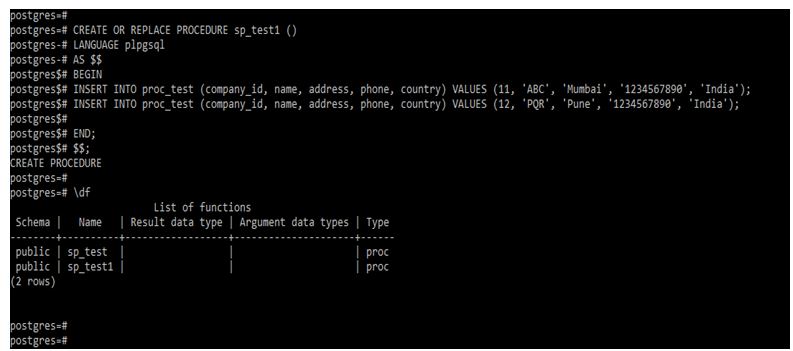

On the execution plan, you might encounter Table Spool (Lazy Spool in our case) that builds a temporary table in the tempdb and fills it in a lazy manner. Seeing thick arrows you need to think about adding indexes to the tables being processed to reduce the amount of data passed through the arrow. The thicker the arrow between operators on the query execution plan is, the more data is passed.

You can also understand which tables need indexes by analyzing graphical query plans. Let’s run the Query Profiler available in dbForge Studio for SQL Server to see how it works. With this suggestion, it informs you which columns the current SQL should be indexed, and how performance can be improved upon completion. If it detects the missing index that may be created to optimize performance, the execution plan suggests this in the warning section. In SQL Server, when you execute a query, the optimizer generates an execution plan. Table indexes in databases help retrieve information faster and more efficiently. Now, we’ll discuss the best SQL Server performance tuning practices and tips you may apply when writing SQL queries.
#POSTGRESQL UPDATE JOIN HOW TO#
In the context of query optimization, query processing identifies how to faster retrieve data from SQL Server by analyzing execution steps of the query, optimization techniques, and other information about the query. The purpose of query tuning is to find a way to decrease the response time of the query, prevent the excessive consumption of resources, and identify poor query performance. Query optimization is a process of defining the most efficient and optimal way and techniques that can be used to improve query performance based on rational use of system resources and performance metrics. Tip 12: Create joins with INNER JOIN (not WHERE).

Tip 11: Minimize large write operations.Tip 10: Minimize the usage of any query hint.Tip 9: Run the query during off-peak hours.Tip 7: Use SELECT fields instead of SELECT *.Tip 4: Use wildcards at the end of a phrase only.



 0 kommentar(er)
0 kommentar(er)
